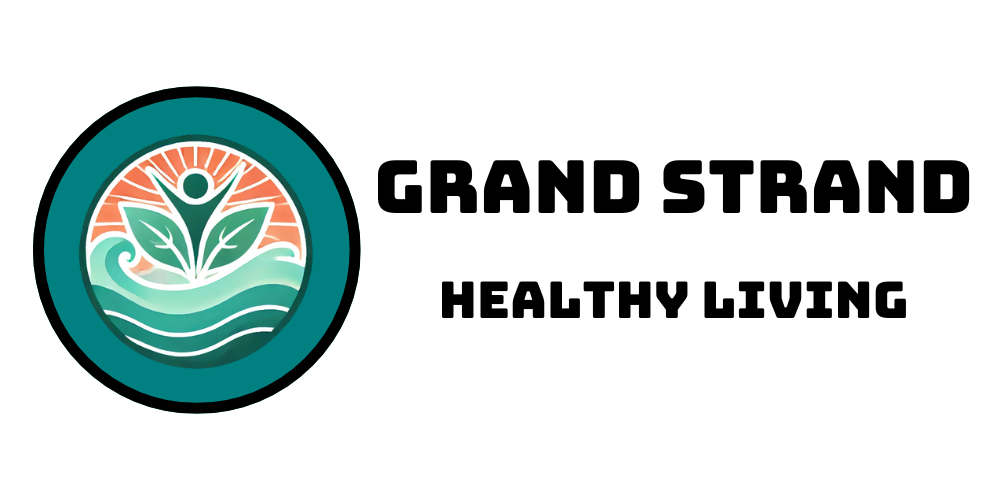
What is Chagas Disease and How is it Transmitted?
Chagas disease, primarily caused by the parasite Trypanosoma cruzi, is transmitted through the biting of triatomine bugs, more commonly known as "kissing bugs." These bugs are particularly notorious for biting people while they sleep, often leaving parasites in their feces that can easily enter the body through scratches or mucous membranes. Although most cases are primarily found in Latin America, a rising concern is emerging in the United States. Recent studies indicate that about 280,000 people in the U.S. live with Chagas disease, a number that surprises many given the low awareness about the illness.
The Kissing Bug: An Unseen Threat
What’s increasingly alarming is the rising number of states where kissing bugs are reported. As of now, they have been spotted in 32 states, challenging the notion that Chagas disease is non-endemic to the U.S. Experts highlight that increased human interaction with these insects and more rigorous scientific research contribute to a shifting perception around this disease. For residents along the Grand Strand in South Carolina, this offers a stark reminder that local ecosystems may also support new, unexpected health challenges.
Why Awareness is Crucial for Public Health
The CDC’s emerging report emphasizes how labeling the U.S. as non-endemic creates a dangerous “low awareness” environment that can hinder early detection and treatment. Communities in places like Myrtle Beach and Pawleys Island must learn about the risks associated with kissing bugs. Public health strategies can only improve with heightened awareness, allowing families to take necessary precautions, such as checking for the presence of these bugs in and around homes.
Potential Symptoms and What to Look For
Chagas disease can manifest in two phases: acute and chronic. The acute phase may last for several weeks or months and can include symptoms like fever and fatigue. Unfortunately, many people may remain asymptomatic for years, making it hard to detect. The chronic phase can lead to serious health issues such as heart disease or digestive problems. This distressing combination of lack of symptoms and serious potential outcomes underscores the importance of education, especially in areas where kissing bugs may thrive.
Taking Action: Protecting Yourself and Your Family
So, how can residents in the Grand Strand keep their families safe from kissing bugs and Chagas disease? One preventive measure involves maintaining clean environments, minimizing outdoor clutter where kissing bugs reside. Additionally, regularly checking sleeping areas and clothing for signs of these insects can be effective. It's also important for families to educate themselves and talk to their healthcare providers about any concerns regarding vector-borne diseases.
Encouraging Community Discussions
The community-wide conversation about Chagas disease may well alter public health strategies at a local level. Hosting discussions in venues such as health fairs in North Myrtle Beach or community centers in Surfside Beach can spread awareness and prevention tips. Sharing knowledge and experiences can empower residents to safeguard their health and that of their neighbors, ensuring that the spread of misinformation is curtailed.
Conclusion: Act Now to Protect Your Health
As Chagas disease progresses from an invisible threat to a recognized challenge in areas like Murrells Inlet and Litchfield Beach, awareness and action become paramount. By learning about this disease, understanding its vectors, and advocating for community education, you can make an impact. Take a moment to discuss Chagas disease with your family today. Your health and future well-being depend on it.
 Add Row
Add Row  Add
Add 





Write A Comment